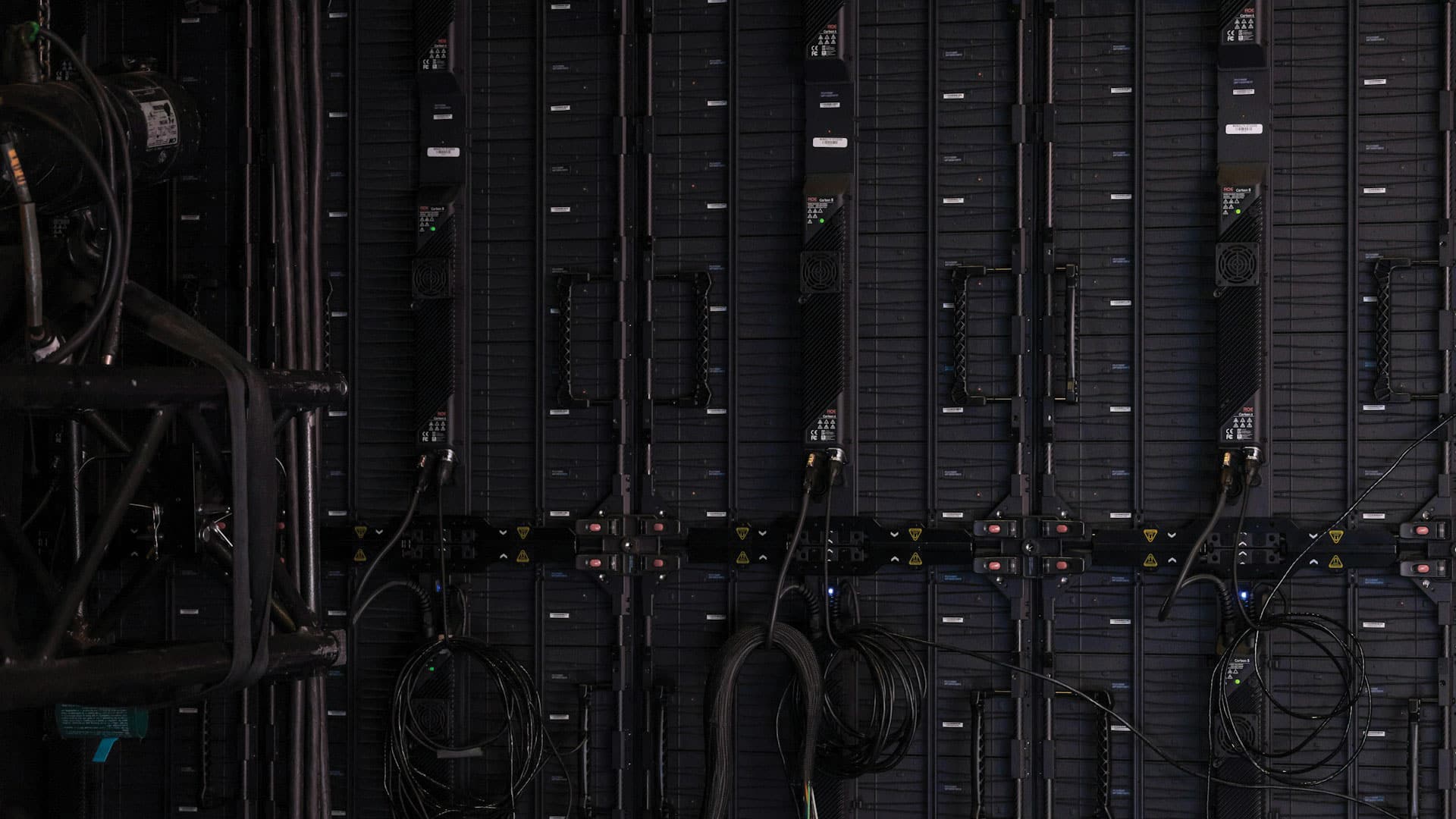Client Background
Case Study: Engineering a Real-Time Fleet Management Platform for Intelligent Dispatching
Role: Software Engineer (ANZSCO 261313)
Client Location: Kenya
Target: ACS RPL for Skilled Migration – ANZSCO 261313
The client is a Software Engineer with 7 years of experience in building real-time software systems for logistics, delivery, and dispatch platforms. As a key developer at a Nairobi-based logistics tech company, the client was involved in building the entire backend architecture of a location-aware fleet coordination system, serving over 80 transport operators and thousands of drivers across East Africa. The client holds an academic background in Mechanical Engineering, transitioned into software engineering through hackathons, internships, and hands-on training. As their academic qualifications were non-ICT, the client opted to submit an ACS RPL application for ANZSCO 261313 – Software Engineer. Our role was to prepare a full RPL report, including Key Areas of Knowledge and two project reports.
Step 1: Skills Extraction and Tech Summary
From the resume and project artifacts, we identified the client’s core engineering strengths:
- Architecture design for real-time tracking and event handling
- Development of task allocation algorithms based on geofencing and ETA projections
- Streaming, buffering, and caching of high-frequency GPS updates
- Integration with external fleet service APIs and payment providers
- DevOps practices to ensure uptime, low latency, and recoverability
Tech Stack and Tools:
- Languages: Python, TypeScript, Go
- Frameworks: FastAPI, NestJS, Gin
- Databases: PostgreSQL, Redis, MongoDB
- Messaging & Sync: Kafka, RabbitMQ, WebSockets
- Location Services: Google Maps API, Mapbox, OpenStreetMap
- Cloud & Infra: AWS (EC2, S3, Lambda, RDS), Docker, Kubernetes, Terraform
- Monitoring: Prometheus, Grafana, ELK stack
- Security: OAuth2, JWT, HTTPS (TLS 1.2/1.3)
Step 2: Key Areas of Knowledge
In the Key Areas of Knowledge (KAA) section, we mapped the client’s software engineering experience to ACS assessment criteria.
a) System Design and Microservice Architecture
The client contributed to designing modular backend services for:
- Vehicle tracking
- Dispatch decision engine
- Route history storage
- Driver availability control
- Delivery notifications
All services were developed as individual Dockerized microservices and deployed into AWS ECS clusters using GitHub Actions for CI/CD automation.
“Each microservice communicated asynchronously via Kafka topics to avoid tight coupling and enable load-shedding when geolocation updates spiked.”
b) Real-Time Data Processing and Performance Optimization
Used Kafka streaming to process over 20 GPS pings per second per vehicle. Redis was deployed as a TTL-based buffer to store recent data locally for fast-access endpoints. Load-tested systems with Locust to simulate GPS updates at full scale.
c) Secure API Development and Integration
Built and maintained REST and GraphQL APIs to:
- Initiate tasks
- Assign jobs to drivers
- Retrieve ETA projections
- Push alerts for completed or delayed deliveries
All APIs used OAuth2 with JWT-based session handling, ensuring usage by authorized clients only.
d) DevOps and Fault Tolerance
The client implemented health checks, graceful shutdown handlers, and auto-recovery logic for all containerized services. Alerts based on Prometheus metrics were routed via Slack integrations for 24/7 support.
Step 3: Project Report 1
Project Title: Real-Time GPS Tracking and Dispatch Management System
Role: Software Engineer Duration: January 2020 – May 2021
Objective: Design a real-time software backend capable of ingesting 100,000+ GPS pings per minute and intelligently assign drivers to delivery tasks based on proximity, delivery window, and workload optimization.
Responsibilities:
- Designed Kafka-based event streaming architecture to receive location messages from field devices
- Built a Python-based FastAPI service for smart task allocation using geofencing and ETA-to-customer metrics
- Applied the Haversine formula to rank drivers closest to pickup points and built API endpoints to surface suggestions
- Created geofence-configurable zones using PostGIS, enabling admins to define service coverage
- Developed Redis-based delivery queue buffer per regional dispatch center
- Enabled HTTPS-based driver session API for drivers to check in/out with secure OAuth2 tokens
Technologies Used:
- Python (FastAPI), PostgreSQL with PostGIS, Redis, Kafka
- Docker, AWS EC2, ECS, S3, GitHub Actions
- Prometheus + Grafana, ELK stack
Results Achieved:
- Reduced average delivery assignment time to under 4 seconds per request
- Platform handled over 2.5 million daily GPS pings while maintaining sub-second API response times
- Operational costs fell by 23% due to optimized dispatch routing
- Delivery SLA compliance rates improved from 78% to 96.5% in under 6 months
Step 4: Project Report 2
Project Title: Driver Analytics and Route History Management Platform
Role: Software Engineer Duration: June 2021 – February 2023
Objective: Engineer a backend solution to store, compress, and analyze historical route and trip data for all deliveries, enabling performance dashboards for operations and driver coaching.
Responsibilities:
- Developed Go-based microservice that receives trip completion events and queues route logs for archiving using AWS S3 storage
- Implemented time-ranged queries via PostgreSQL for managers to fetch route accuracy, route deviations, and trip delays
- Aggregated data into daily driver-level summary records, pushed nightly into analytics dashboards using Superset
- Used FastAPI to serve data visualization API for showing top drivers, delayed trips, and total distance covered
- Plotted route anomalies with overlays on OpenStreetMap tiles for UI integration
- Set up auto-archival pipeline for logs older than 6 months through scheduled Lambda triggers
Technologies Used:
- Go (Gin Framework), PostgreSQL, AWS S3, Redis
- FastAPI, OpenStreetMap, Terraform, GitLab CI/CD
- Superset, ELK Stack
Results Delivered:
- Enabled detailed performance reporting on 2,500+ drivers by delivery region, route type, and success rate
- Reduced time to resolve customer complaints by 41% through access to trip route replays
- Cut route planning errors by 38%, utilizing deviation insights for coaching new drivers
- Maintained over 15TB of archived route data with average retrieval latency below 1.2 seconds
Step 5: Review and Submission
Once the Key Areas of Knowledge and both Project Reports were complete, we conducted a detailed client review. Requested updates included:
- Clarifying use of Haversine-based filtering vs. Google Maps ETA
- Adding load-testing data from Kafka-based tracking module
These were completed within 48 hours. The final RPL report was formatted per ACS expectations, passed plagiarism checks, and submitted.
The client received a positive skills assessment from ACS under ANZSCO 261313 within four weeks, paving the way for their skilled migration visa application.
Conclusion
This case study demonstrates how a Software Engineer working in the logistics and real-time systems sector can meet ACS competencies by showcasing strong foundations in system architecture, API delivery, DevOps practices, and scalable data handling.
With real project outcomes like dispatch time optimization, driver monitoring insights, and high-volume data ingestion, the client’s contributions provided a clear match for software engineering standards as defined by ACS.



